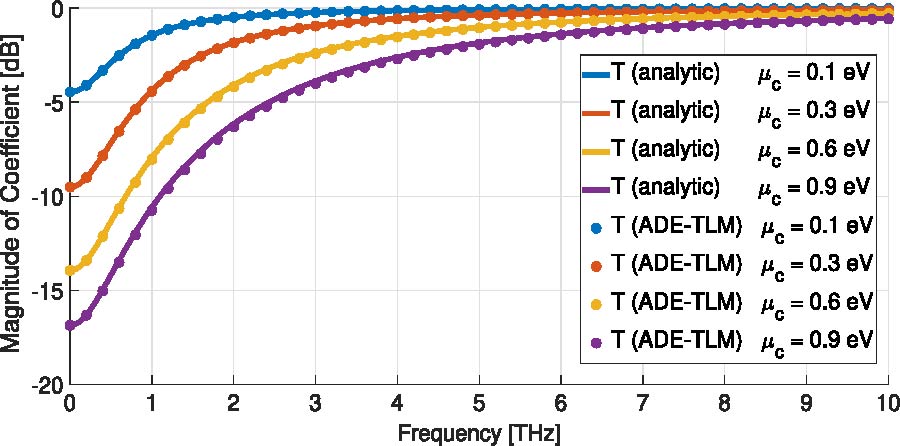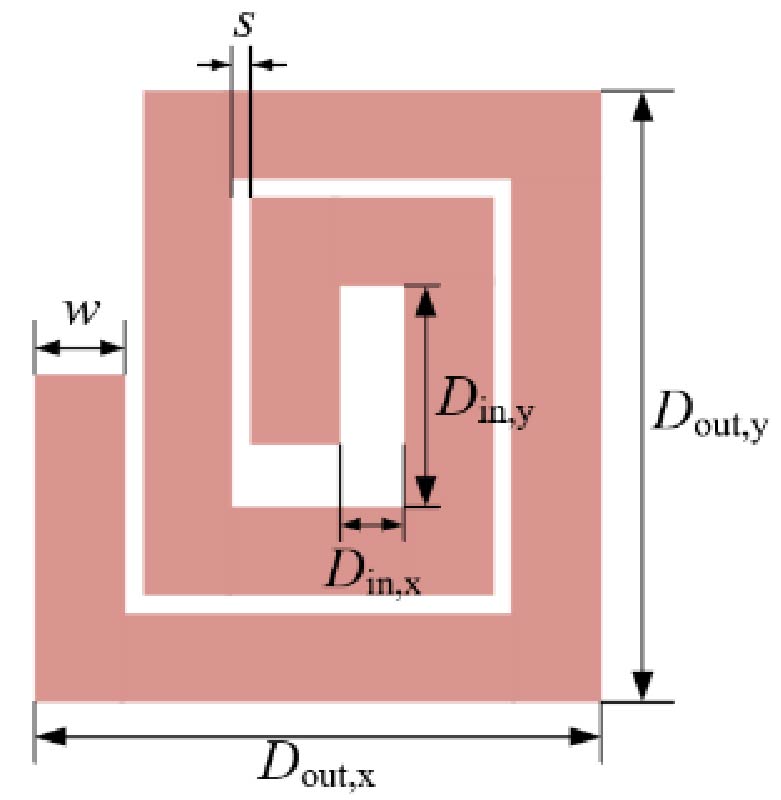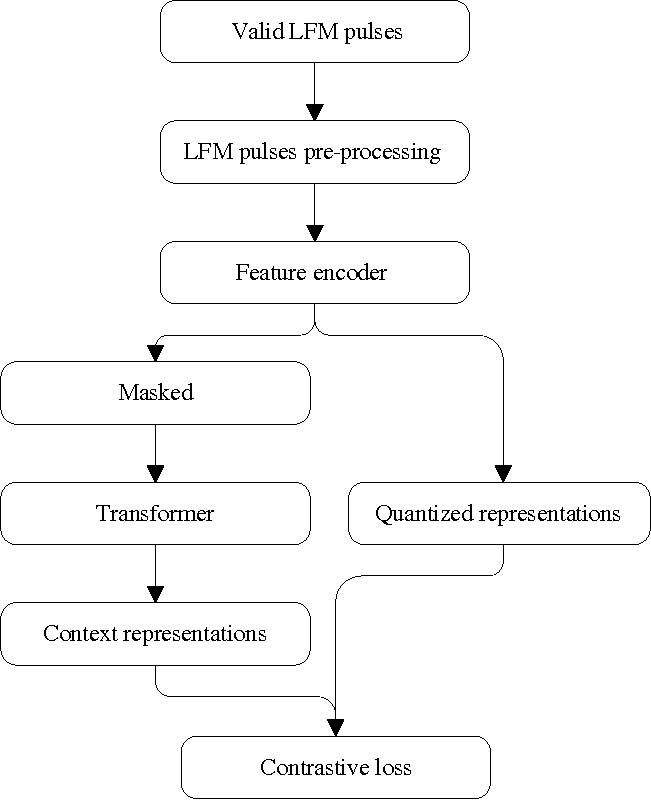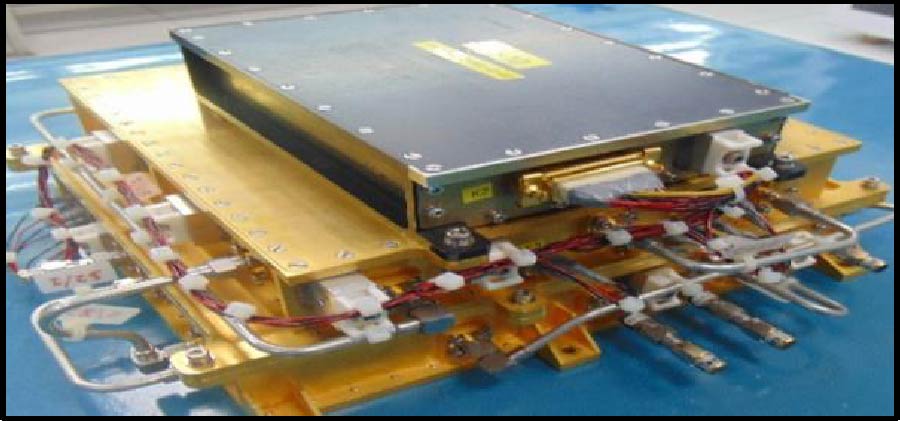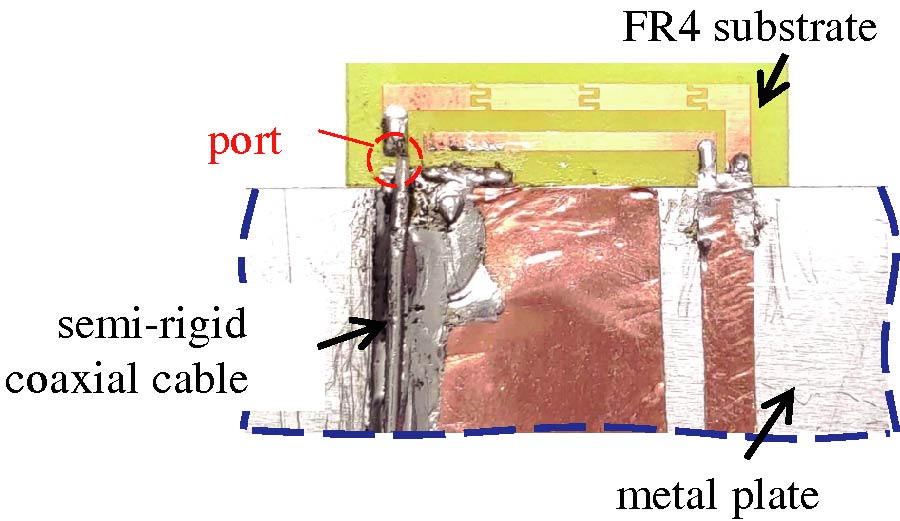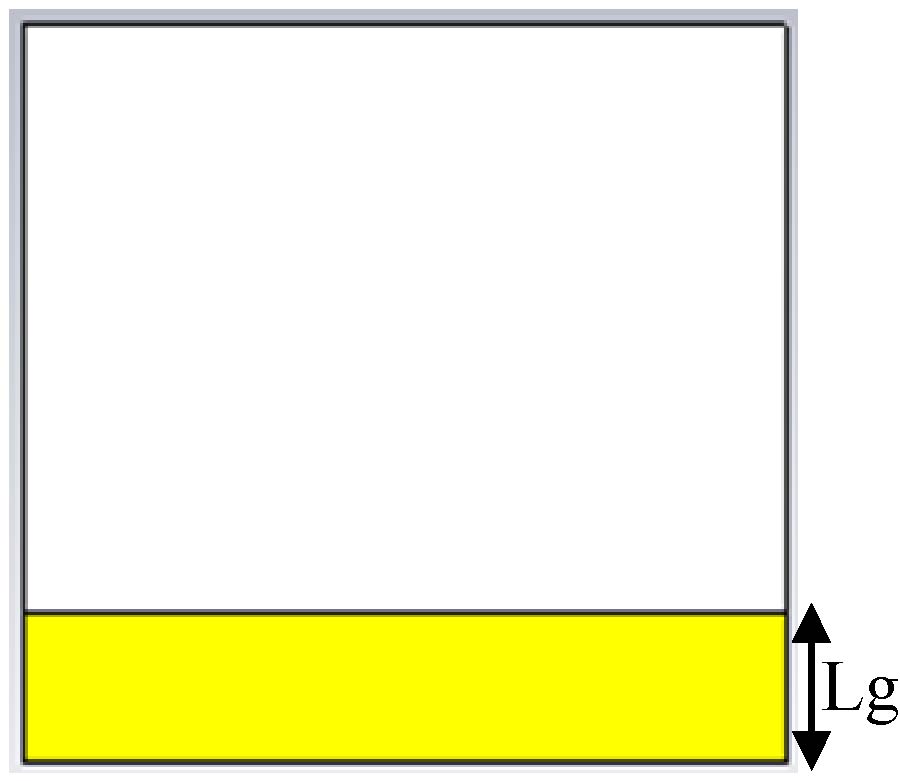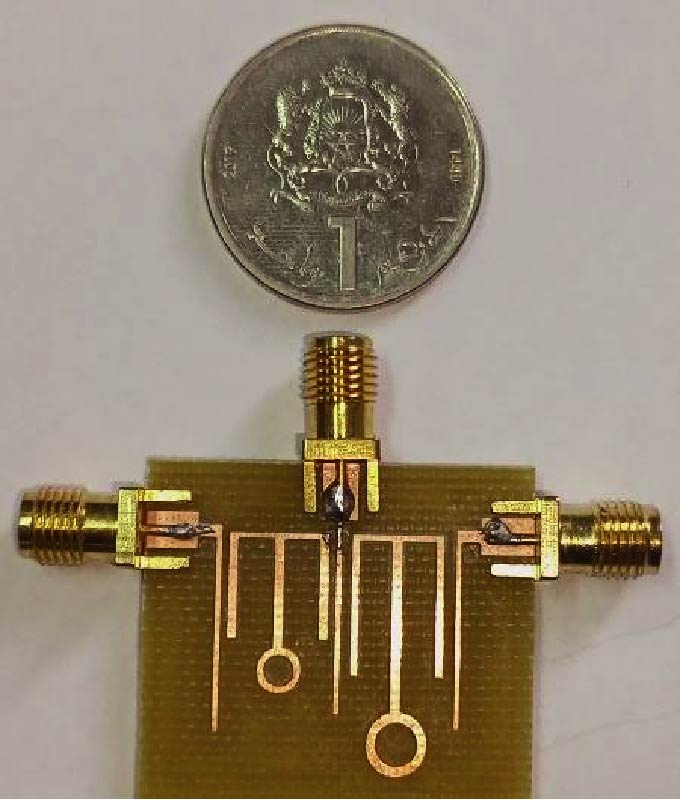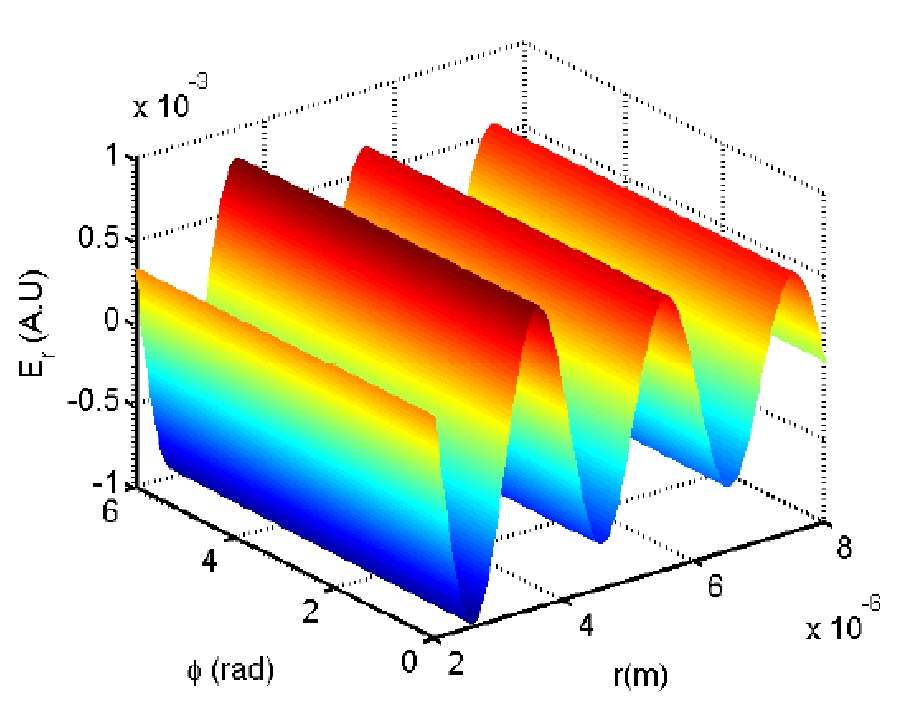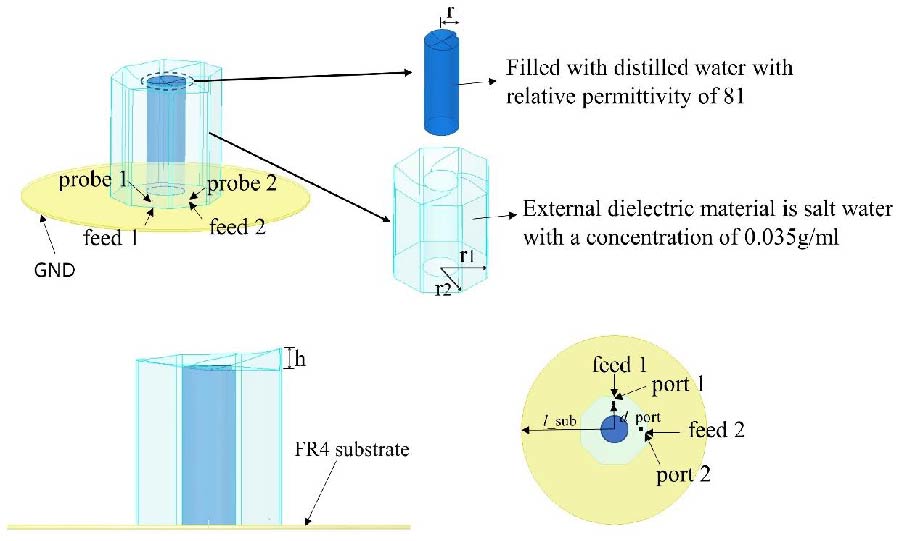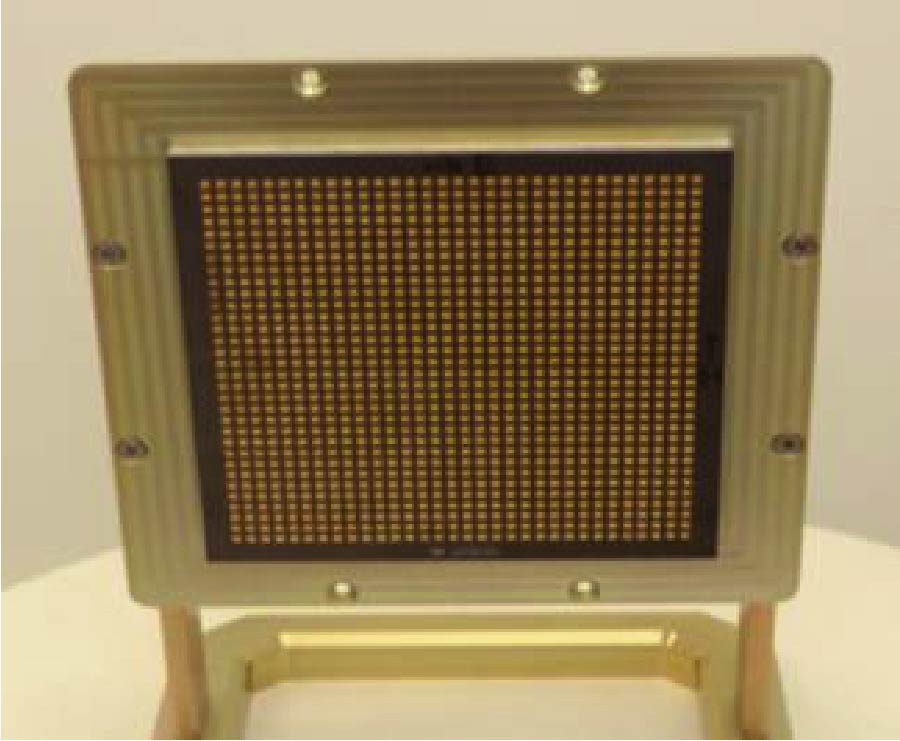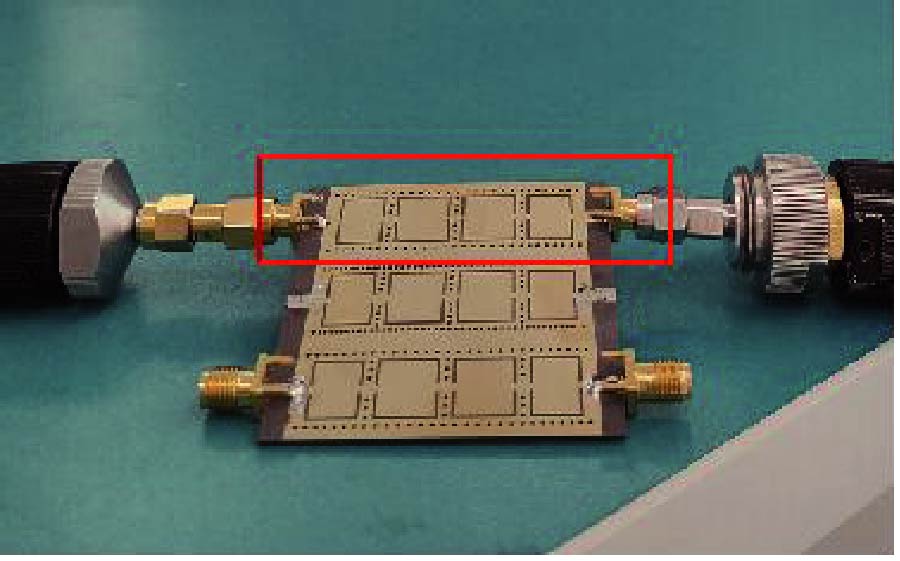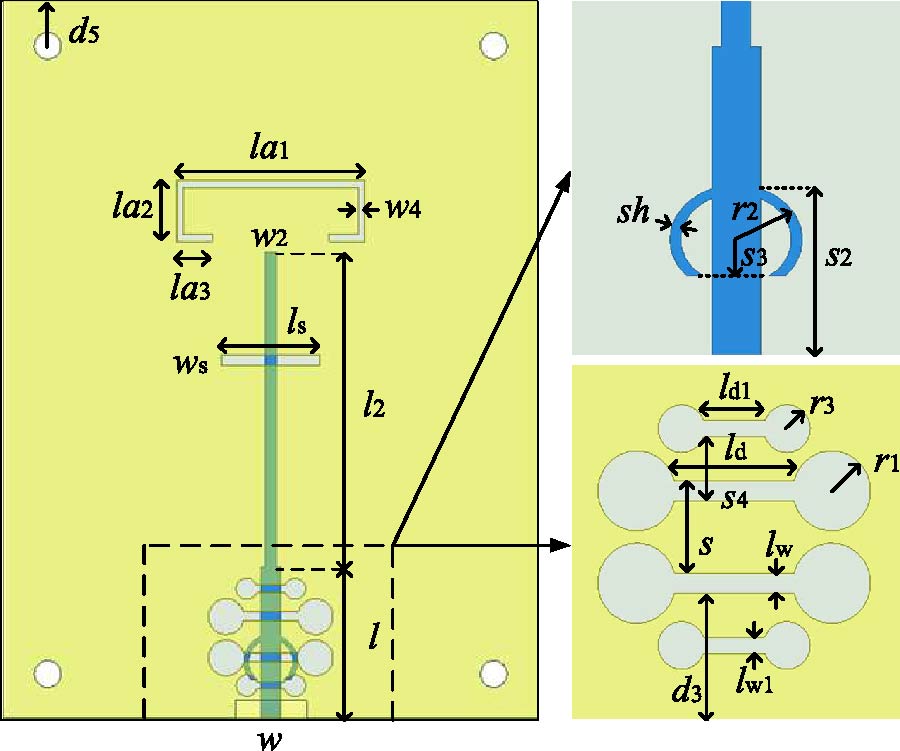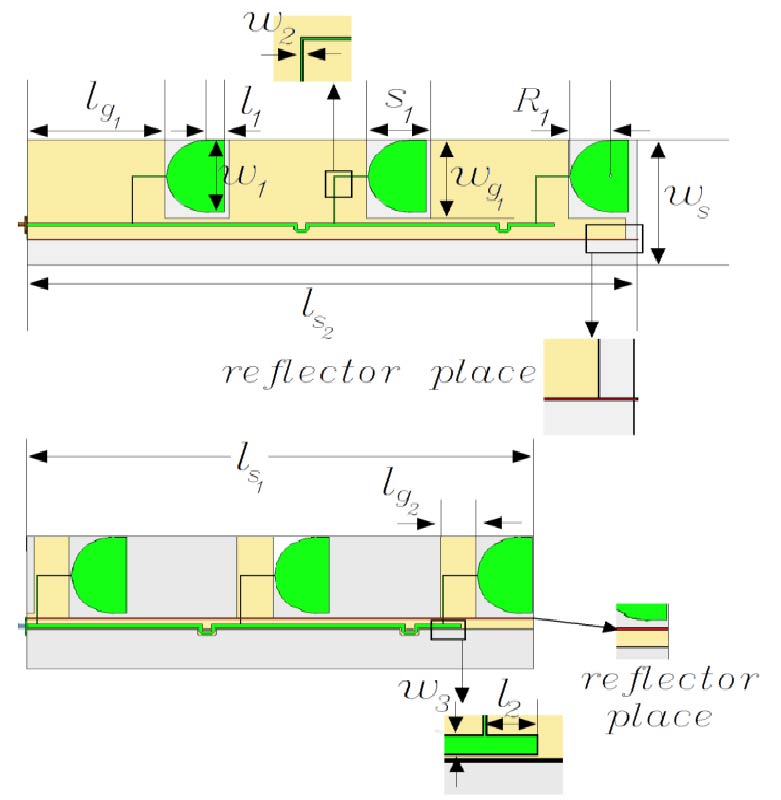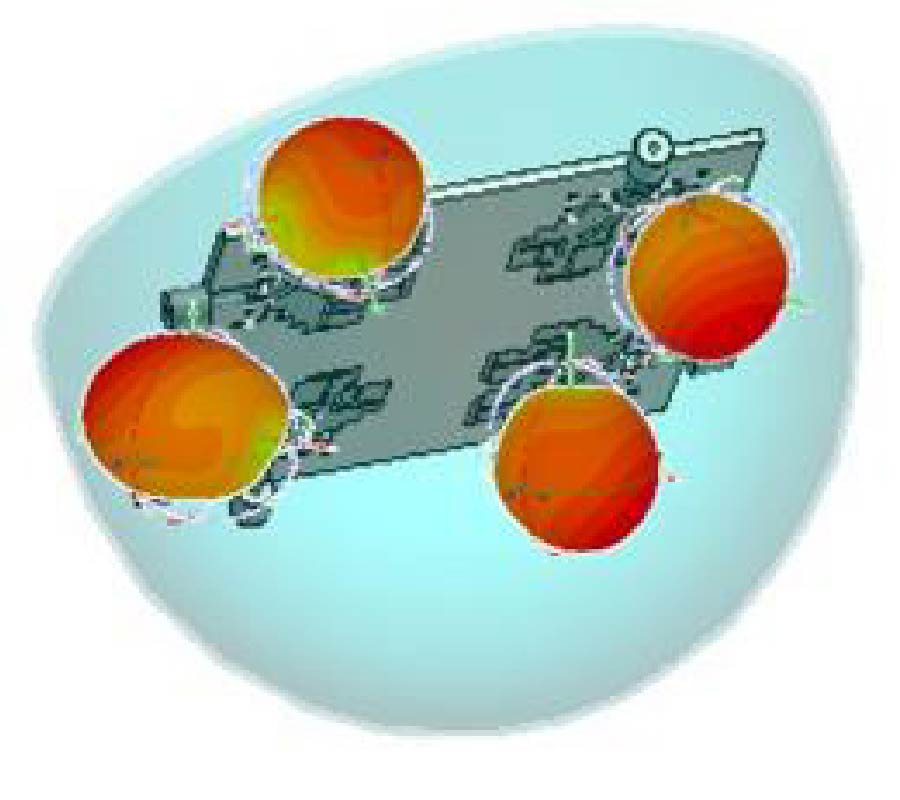On the Propagation through Annular Core Optical Fiber Under dB Boundary Conditions
Muhammad Saqlain,
Lway Faisal Abdulrazak,
Muhammad Kashif,
Talib A. Al-Sharify,
Laith S. Ismail and
Muhammad Abuzar Baqir
In this paper, we investigate the propagation behavior of electromagnetic waves through coaxial optical fiber bounded with DB-boundaries. For this purpose, an eigenvalue equation is derived by using suitable DB-boundary conditions to determine the allowed values of propagation constant β for each propagating mode. Moreover, we have analyzed the electric field and power distribution patterns through coaxial optical fiber for different propagating modes and dimensions, respectively. Our results show that small dimensional guide confinement remains maximum close to the lower interface of the guide, whereas, for larger dimensions, it shifts toward the upper interface. Investigations show that high power is confined by H12 mode compared to H11 mode, and, therefore, shows contrary behavior compared to commonly used fibers.
